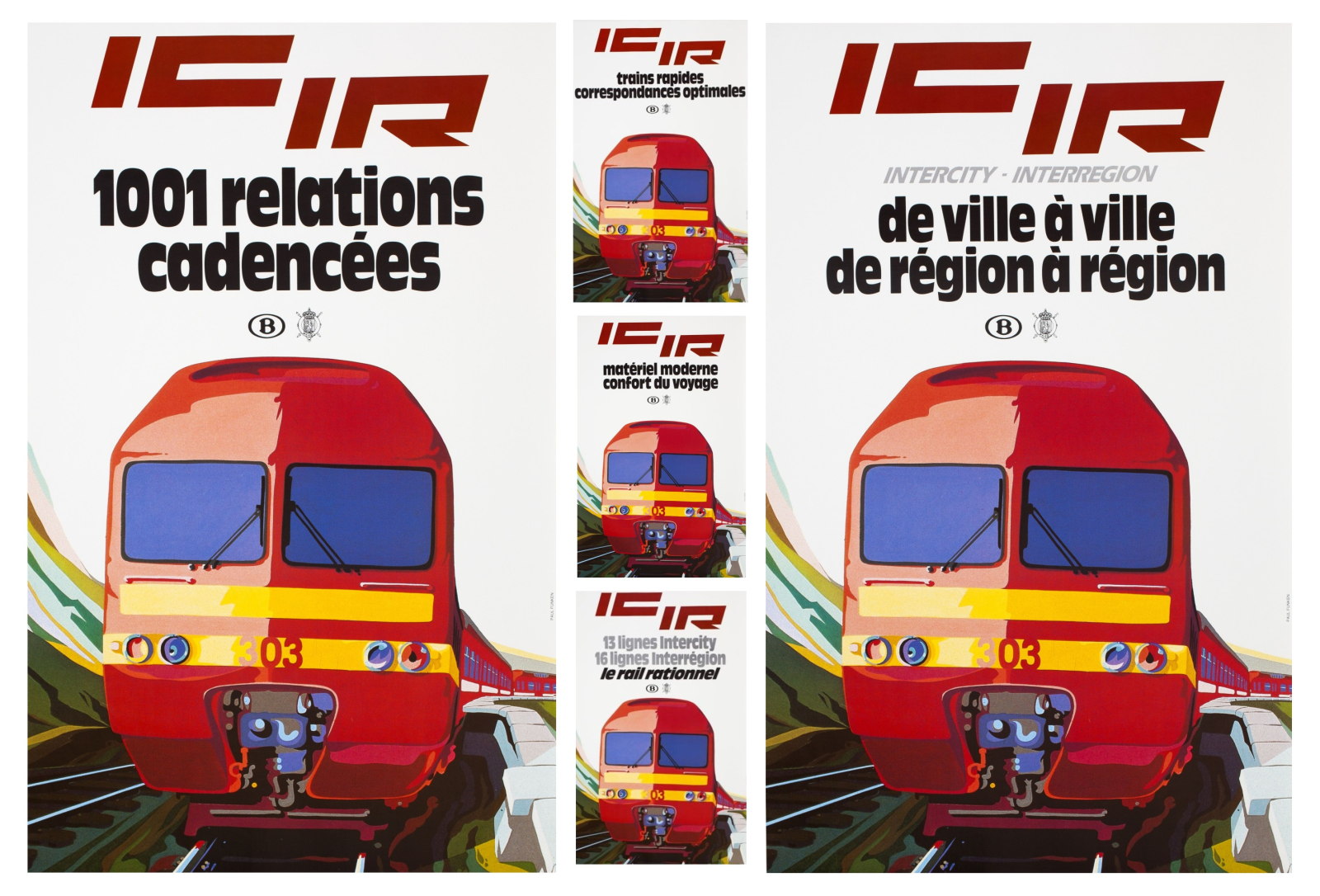IC/IR-plan
In 1973, the oil crisis put an end to the glorious prosperity in the western world. The economy took a dive. Purchasing power plunged and the government economised. NMBS/SNCB was forced to postpone some key investments. However, the oil crisis did make people stop and consider mobility. Suddenly the railway seemed very important to society. In order to reduce oil dependence, even more tracks were electrified, although this was still not enough to compete with the car. NMBS/SNCB struggled to keep up with mobility needs.
In the eighties too, the railways' means remained limited. Meanwhile, NMBS/SNCB's financial situation was disastrous. On 3 june 1984, the controversial IC/IR-plan was introduced.
"IC" stands for "InterCity" (trains that only stop at major stations) and "IR" stands for "InterRegio" (trains connecting different regions but stopping more than IC trains).
Trains were to travel according to a timetable with fixed departure and arrival times. This made things clear for the passenger. However, IC/IR was primarily a cost-cutting plan. Many sections and stops were abandoned. Freight transport was also restructured.
Click here to read the detailed report published by TSP ("Toerisme en SpoorPatrimonium") in 2004.

.jpg)
.jpg)
Advertising campaign to promote the new IC-IR plan of 1984.
Advertising campaign to promote the new IC-IR plan of 1998.
.jpg)
.jpg)